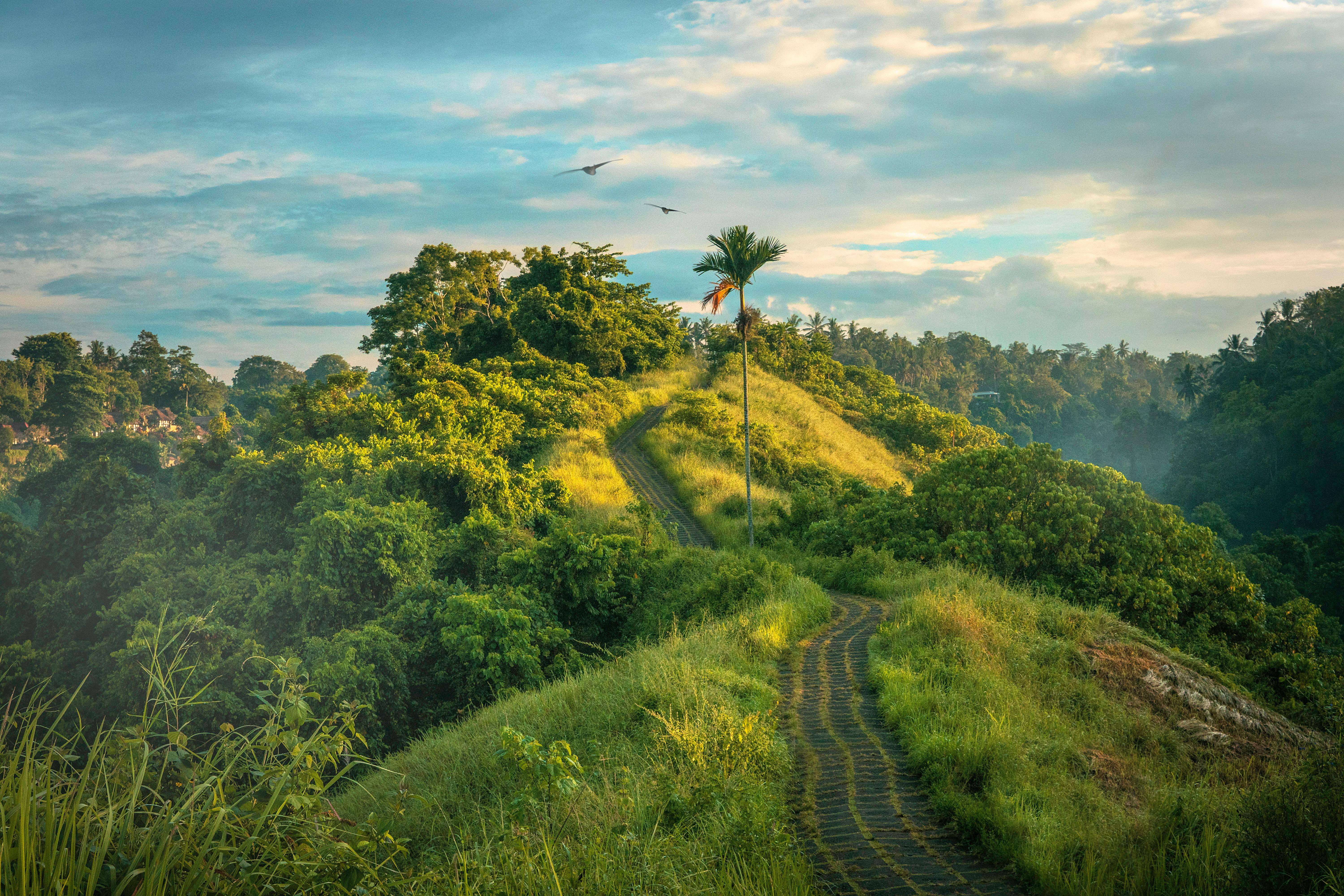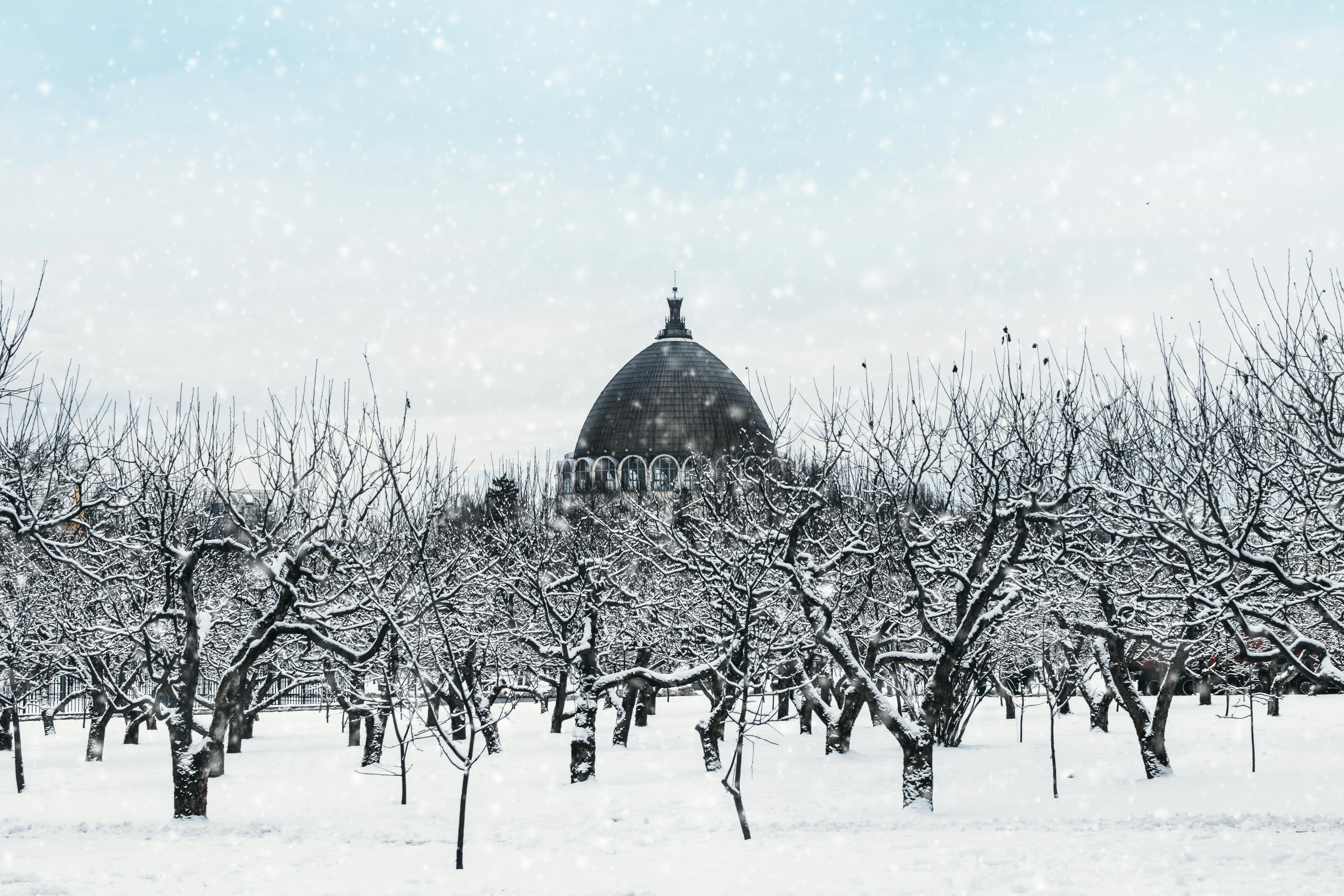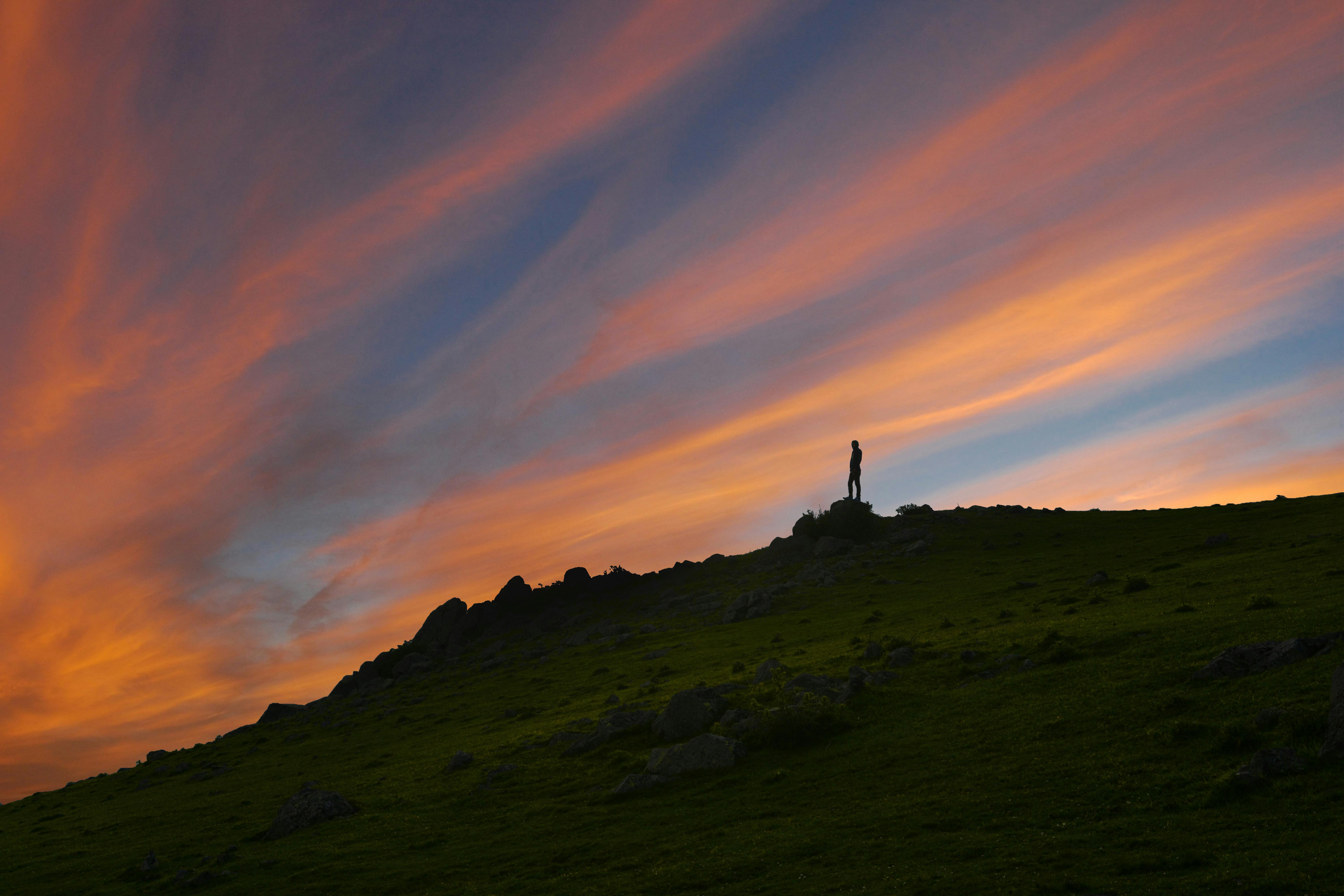The US Virgin Islands offers a wide variety of yacht charters and includes bareboat yacht charter, skippered yacht charter, crewed luxury yacht charter, monohull and catamaran charter, and sailing yacht charter now. motor.
The Ciboney, Carib, and Arawak Indians originally settled in the Virgin Islands. Christopher Columbus discovered and claimed the islands for Spain during his second voyage in 1493. For the next three hundred years, the islands were in the hands of many European powers, including Spain, Great Britain, the Netherlands, France, the Knights of Malta, and Denmark. . The Danish West Indies Company settled in Saint Thomas in 1672, Saint John in 1694 and bought Saint Croix from France in 1733. The islands became royal Danish colonies in 1754.
Yacht charter in the US Virgin Islands
During the rest of Danish time, the islands were not economically viable and the mother country had to provide great financial support. At the beginning of the 20th century, an attempt was made to sell the islands to the United States, but an agreement could not be reached. During World War I, the United States, fearing that the islands would be taken over by Germany as a submarine base, approached Denmark once again to sell the islands. A sale price of $ 25 million was agreed upon and the United States took possession of the islands on March 31, 1917, when the territory was renamed the United States Virgin Islands.
The US Virgin Islands is one of the most convenient places to rent yachts on the continent of the United States. There are direct and fast flights from the mainland. If time is limited to just a few days, the US Virgin Islands are a great option, as it is a quick and easy navigation to its two main islands. The US Virgin Islands is very easy for families and first time yacht charter. There is no open water sailing, and the islands are within two to three hours of sailing from each other. Navigation is always by line of sight. It is a popular destination, especially during the Christmas holidays, Presidents’ Week, and Easter. The first two weeks of July are also very busy due to the Puerto Ricox vacation schedule.
Three of the four US Virgin Islands have nicknames that the locals often use. St. Thomas is “Rock City”, St. John is “Love City” and St. Croix is ”Twin City”.
During the winter months of November to January, the average wind is 15-20 knots from the northeast. From time to time throughout the winter, the famous “Christmas Winds” blow strong at 25 – 30 knots for several days. Starting in February and ending in June, the winds move from a northeast to southeast direction when 10-15 knots can be expected. Late summer to fall, August to November, is the rainy season in the US Virgin Islands, however torrential rains can occur at any time and are typically short-lived. Keep an eye out for approaching dark squall lines and drop the yacht’s sails and engine if in doubt. During September and October, the trade winds are unstable and weaker. These months are considered the height of the hurricane season, although the nominal season is June through November. Check the yacht charter company’s policies regarding hurricanes. Average maximum temperatures range from 25 ° C to 30 ° C, the highest being from July to October.
Nowadays it can be so difficult to go between the US Virgin Islands and the British Virgin Islands that some people do one or the other. Since 9/11, everyone on the ship must report to customs and immigration for what can be a time-consuming affair. It used to be that a crew could present all passports for a quick stamp and the yacht would be on its way in the waters of the new country. For less than a week, it may not be worth trying to do both. If you do not carry the proper documentation on board the yacht, it may be confiscated. Check with your yacht charter company for details.
The U.S. Virgin Islands are working hard to protect the fragile ecosystem. You will find mooring balls in many anchorage destinations. Note that everyone is often busy at 3:30 pm. If it appears after that, you will have to pin. The only problem is that in some places there are so many mooring balls that there is hardly enough space left to anchor the yacht.
The night moorings are 18 white balls and cost between $ 20 and $ 30 per night. The maximum boat length allowed for night buoys is 60 feet. Other mooring buoys are 13 inches in diameter and are color-coded. Please note that there is a 90 minute time limit for all non-overnight moorings and these are allocated on a first come, first served basis.
Orange: daytime use so as not to dive.
Yellow – Commercial dive boats only.
Large yellows: commercial boats or boats over 55 feet in length.
White – Non-commercial boats, only for day diving.
Blue: for boat use only.
Boaters must, by law, obtain a National Parks Permit, either from the yacht charter company, or when the yacht passes through customs, or from the National Parks Trust Office.
The capital city of St. Thomas is Charlotte Amelie, the busiest cruise port in the Caribbean. Due to its thriving business, as well as its crime and drug problems, it is often referred to as the least unspoilt of the United States Virgin Islands. People aren’t necessarily the friendliest either and tend to take a cynical glance at tourists, especially amid all the cruise ship chaos. The island’s beaches are famous for their calm turquoise waters and pristine white sand. Charlotte Amelie is steeped in history and charming white houses with red roofs that sparkle in the sun. It is famous for some of the best duty free shopping in the Caribbean. Once away from the hustle and bustle, you will find seclusion on the many beaches.
The beautiful white sands of Magenxs Bay make it a family favorite. The calm turquoise waters are ideal for swimming, although the snorkeling is not very good. This is a very popular beach and it tends to get very crowded.
Sapphire Beach is one of the best on St. Thomas and a favorite with windsurfers. Here you will find some of the best islands for scuba diving, snorkelling and snorkelling at Pettykilp Point.
On the small island of Great St James, just off the southeastern tip of St. Thomas, is Christmas Cove, which is well protected. Legend has it that this cove was the site of a great Christmas dinner shared by cruise families visiting the US Virgin Islands.The dinner became an annual event and has been known as Christmas Cove ever since. The cove is a common anchorage for first or last night yachts. Snorkelling and diving are good here.
St John is located one mile east of St. Thomas and is the closest in the US Virgin Islands to the British Virgin Islands. Almost 70% of this small island is protected and maintained by the National Park Service. The Rockefeller family donated land and this ensured that the beautiful hillsides were protected from development and remained green forever. Coral reefs are also protected. The island remains non-commercial and pristine in nature. There are many well-marked hiking trails that take you through the remains of an old sugar plantation. The Reef Bay hiking trail passes ancient petroglyphs on its way to the sugar mill ruins and the beach. St. John is only accessible by yacht, boat or ferry. A National Park permit is required; ask your yacht charter company for details.
Trunk Bay is one of the best in the entire Caribbean. It has a self-guided underwater snorkeling trail, with plates describing the fish, corals, and other marine life that you can see. There are showers on the beach and you can rent snorkeling equipment. Yacht moorings are in the bay for a fee.
Cruz Bay is the main landing site for visitors arriving on the island by ferry. The bay is located on the west side of St. John. Cruz Bay is a United States Customs and Immigration point of entry for yachts returning from the British Virgin Islands. It is so small that the streets have no name, but it does have the Mongoose Junction shopping plaza. This is an attractive complex of restaurants, galleries and shops with a distinctive Caribbean flavor. There are no cruise ships that dock here, so the place doesn’t get as crowded.
The small yacht anchorage at Hawk Nest Bay is very quiet. The beach is a local favorite and good for families with children.
Salomon Bay in St John is known as a “clothing optional” beach and you may come across naked bathers. The Virgin Islands National Park opposes the practice, but it appears that anti-nudity laws and ordinances are not strictly enforced. The beach has white sand, lush vegetation, and beautiful views.
Cannel Bay is home to a series of seven beautiful sugar-white sand beaches, Cannel Bay stretches from Durloe Point to Hawk Nest Bay. Yacht moorings are available for use free of charge.
Cinnamon Bay is one of St. John’s most popular beaches and a campground for those who enjoy their vacation in a tent. In addition to the toilets and showers, there is a shop and a restaurant. Snorkeling is possible right off the beach and around Cinnamon Cay.



